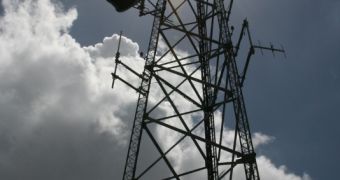IEEE, the largest professional association advancing technology for humanity in the world, has just announced that they managed to finalize the new IEEE 802.22 standard. Through it, access to wide regional areas around the world is available, which should result in the availability of secure high-speed communications on unused TV bands referred to as white spaces.
Through the new IEEE 802.22 systems, under-served and un-served communities will be able to enjoy access to communication, the association announced.
The new standard for Wireless Regional Area Networks (WRANs) is based on the characteristics of the VHF and UHF TV bands and it delivers broadband wireless access on areas that stretch up to 100 km around the transmitter.
Moreover, the WRAN should be able to offer speeds of up to 22 Mbps per channel. The use of these white spaces between the already occupied TV channels ensures that it will not interfere with existing TV broadcast stations.
“This technology is especially useful for serving less densely populated areas, such as rural areas, and developing countries where most vacant TV channels can be found,” the association announced.
IEEE 802.22 was developed with advanced cognitive radio capabilities included in the mix, such as dynamic spectrum access, or incumbent database access.
Moreover, the standard also incorporates accurate geolocation techniques, along with spectrum sensing, regulatory domain dependent policies, and spectrum etiquette, as well as coexistence, which should result in the optimal use of the available spectrum.
“The IEEE 802.22 Working Group started its work following the Notice of Inquiry issued by the United States Federal Communications Commission on unlicensed operation in the TV broadcast bands,” the IEEE association continued.
Those who would like to learn additional info on the new standard should head over to the IEEE 802.22 WG page. “The standard is available for purchase via the IEEE Standards Store,” the association concluded.

 14 DAY TRIAL //
14 DAY TRIAL //